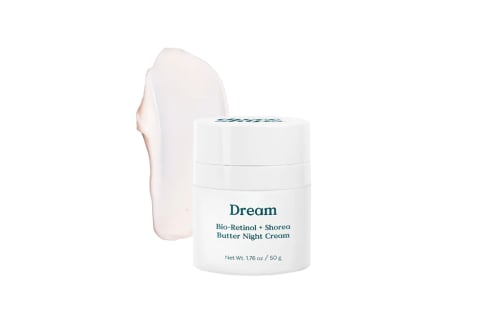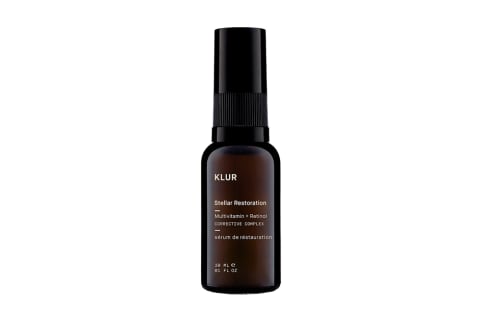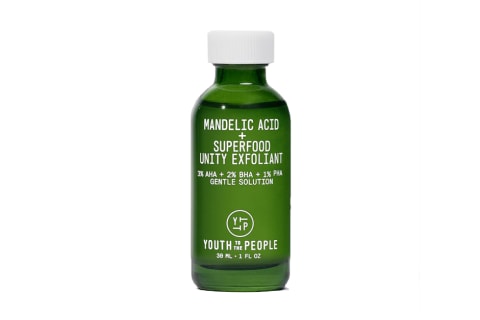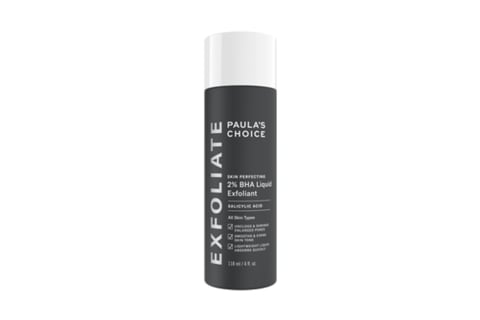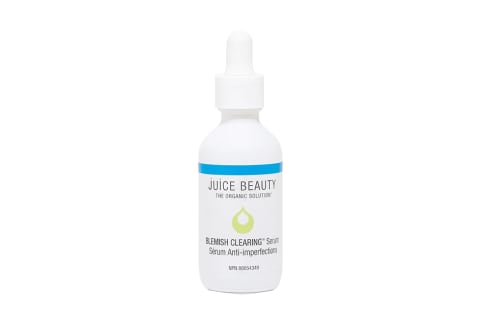However, since they are both very powerful ingredients, it’s essential that you know how to do so responsibly—otherwise, you can seriously damage the skin barrier, or even render the products ineffective. To help you out, we’ve compiled everything you need to know in one story, all from experts. Let’s dive in. A quick caveat, the term “retinoid” encompasses all forms of retinol, including both over-the-counter and prescription-grade formulas. The difference between the two categories tends to be the strength, as OTC formulas are generally less potent. If you’re not sure whether or not you should shoot for prescription products or OTC serums, this story will help you out. “Salicylic acid was originally from willow bark trees,” board-certified dermatologist Anar Mikailov, M.D., FAAD, founder of KP Away said about the ingredient. “But nowadays salicylic acid is mostly synthetically produced, either via biosynthesis or via commercial production.” Retinol is a notoriously unstable ingredient, so you’ll want to proceed with caution whenever pairing it with another product in one setting. The goal here is to isolate your active ingredients (read: use one active per sitting). “Salicylic acid and retinol can be used simultaneously, as long as they are not applied at the same time,” board-certified dermatologist and founder of NicholsMD of Greenwich Kim Nichols, M.D., FAAD, tells mbg. “You want to leave enough time in between the application process for each ingredient to deliver optimal results,” she adds. In general, this means applying the ingredients at different times of the day, Nichols suggests. You can also apply them on different nights (aka practice skin cycling). More on that in a bit. However, we must remind you that these ingredients are powerful, so using both of them every day might be a bit much for your skin, especially if you’re prone to irritation. “Both ingredients may cause you to be more sensitive in the sun, so regardless of which one is used during the day or at night, it is important to wear sun protection,” she adds. We repeat: Wear your SPF every single day. “Salicylic acid masks once or even twice per week are beneficial for detoxifying the skin of impurities, fighting inflammation, and soothing the skin whilst incorporating some hydration and offering brightening and skin-smoothing attributes,” Heyday’s Esthetician and Skincare Educator Glenise Gomez tells mbg. “Dry skin will prefer a hydrating mask, as the actives have a gentle delivery, while oily skin can benefit from a clay base,” she explains. It’s still best practice to use the salicylic acid mask on the night that you’re designating exfoliation night rather than using it before retinol. However, sensitive skin types should stick with gentle cleansers and use a salicylic acid cleanser every few nights rather than on a daily cadence.




